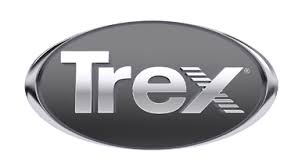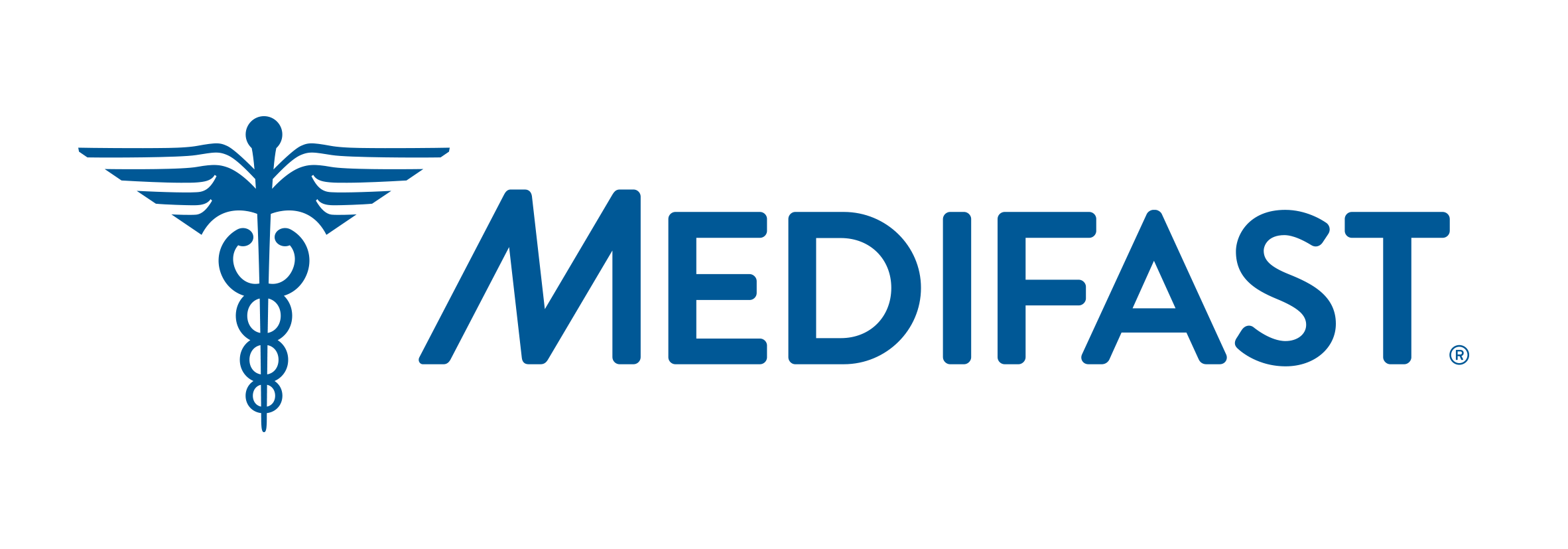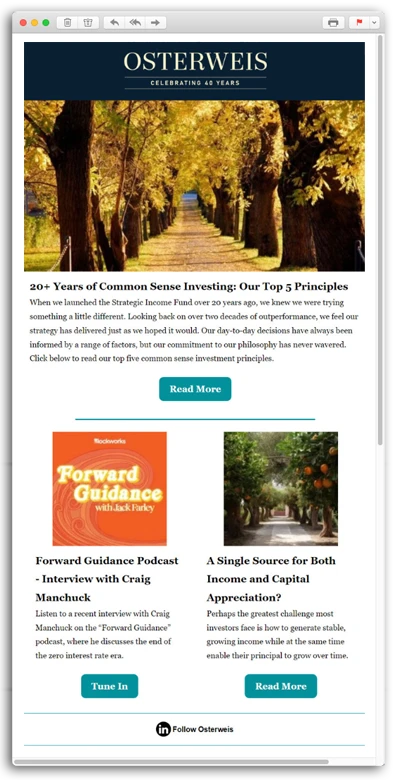U.S. Consumers Poised to Drive Demand in 2019: Which Companies Can Capitalize?
Published on December 10, 2018
In his 2019 preview, Jim Callinan explains why he feels retail businesses are the likely engines for growth and shares his views on sectors and firms that should outperform.
A turbulent fourth quarter has prompted questions about the health of the U.S. economy and the strength of the stock market. In our view the American consumer is likely to be the biggest engine for growth in 2019, but investors will need to look in the right places to capture the benefit.
Selling conditions are excellent for consumer-facing businesses. U.S. unemployment is approaching all-time lows, consumer confidence is near all-time highs and according to the U.S. Bureau of Economic Analysis, personal consumption reached its highest level ever in 2018.
At the same time, retailers are finding increasingly creative ways to deliver products and services to customers, who they can target with laser-like precision.
Given all these factors, innovative companies that serve the American consumer, especially in subcategories we are watching closely like those below, should be well-positioned for rapid growth in 2019.
E-Commerce
A study by Pew Research found that 79% of Americans now shop online, and recent data from the U.S. Department of Commerce shows that online sales continue to climb. Amazon gets the most of the publicity in the industry, but in our view the e-commerce revolution is far from over. In 2019 we anticipate niche players will continue to flourish.

Etsy (ETSY), which brings together sellers and buyers of arts and crafts into a central marketplace, is an excellent example. Previously, most handmade, vintage or custom goods were available only at local art fairs or on independent websites. Now, artists can use Etsy to reach a growing global audience 24x7, and buyers can purchase one-of-a-kind works of art that would have been difficult, if not impossible to acquire otherwise. The company is forecasting 300% sales growth by 2023 (above 2017 levels), and they also believe they have room to increase transaction fees.
Health and Fitness
According to a 2018 report published by the International Health, Racquet, & Sportsclub Association, the $30 billion health and fitness industry is expected to continue its annual 3-4% growth rate during 2019. While this is good news for health-oriented companies in general, we think there are two that are particularly well-positioned to take advantage of the trend.

Planet Fitness (PLNT) is a national chain of budget-friendly health clubs with monthly dues that start at just $10, which is a fraction of the cost of a typical boutique club. One of the reasons they can offer such low membership prices is they build their gyms in areas where stores have closed due to online competition, so they have been able to negotiate favorable rents.
Not surprisingly, offering a quality service at an exceptionally affordable price in an expanding market has been good for business. Planet Fitness projects it will grow from its current size of 1,000 locations to 4,000 locations by 2023, generating revenues of $2 billion.
Another company we like in this space is Medifast (MED), the manufacturer and distributor of structured weight loss products and programs. They are already a leader in the industry, and the company has developed a full-service offering that includes meals, coaching, and a robust distribution network. In addition, they have recently upgraded their digital platform, creating a better customer experience and stronger brand loyalty. The company also has expanded its market presence in Asia, where countries like China and Vietnam are starting to experience an increase in their overweight population. To meet the growing demand, the company is planning to increase the number of coaches it employs to 60,000 worldwide, which is roughly triple their current level.
Price Leaders
Despite the historically low U.S. unemployment rate, wage gains for many Americans have struggled to keep up with inflation, creating a large class of consumers with steady paychecks but limited discretionary income. Companies who can cater to this expanding market segment by offering low-cost variations of popular goods and services may be particularly well-positioned for growth.

One company that sees big opportunity among value-focused shoppers is Trex (TREX), the leading manufacturer of wood-alternative decking. Historically the company has targeted wealthier customers, as their faux-wood products have always been more expensive than real wood. But in November they released a lower cost alternative that is 30% cheaper than the previous version, and still carries the firm’s standard 25-year warranty. The company estimates that the addressable market for their lower cost product is $150 million annually, and they are expecting at least one-third market share over the next couple years. This could add 3-5% to their top-line on an annual basis.

James Callinan, CFA
Chief Investment Officer – Emerging Growth
Emerging Opportunity Fund Quarter-End Performance (as of 3/31/24)
| Fund | 1 MO | QTD | YTD | 1 YR | 3 YR | 5 YR | 7 YR | 10 YR |
INCEP (10/1/2012) |
|
|---|---|---|---|---|---|---|---|---|---|---|
| OSTGX | 4.46% | 12.10% | 12.10% | 26.31% | -0.87% | 13.72% | 15.68% | 12.93% | 14.65% | |
| Russell 2000 Growth Index | 2.80 | 7.58 | 7.58 | 20.35 | -2.68 | 7.38 | 8.40 | 7.89 | 10.29 | |
Gross/Net expense ratio as of 3/31/23:1.25% / 1.13%. The Adviser has contractually agreed to waive certain fees through June 30, 2024. The net expense ratio is applicable to investors.
Performance data quoted represent past performance; past performance does not guarantee future results. The investment return and principal value of an investment will fluctuate so that an investor’s shares, when redeemed, may be worth more or less than their original cost. Current performance of the Fund may be higher or lower than the performance quoted. Performance data current to the most recent month end may be obtained by calling shareholder services toll free at (866) 236-0050. Performance prior to December 1, 2016 is that of another investment vehicle (the “Predecessor Fund”) before the commencement of the Fund’s operations. The Predecessor Fund was converted into the Fund on November 30, 2016. The Predecessor Fund’s performance shown includes the deduction of the Predecessor Fund’s actual operating expenses. In addition, the Predecessor Fund’s performance shown has been recalculated using the management fee that applies to the Fund, which has the effect of reducing the Predecessor Fund’s performance. The Predecessor Fund was not a registered mutual fund and so was not subject to the same operating expenses or investment and tax restrictions as the Fund. If it had been, the Predecessor Fund’s performance may have been lower.
Rates of return for periods greater than one year are annualized.
Where applicable, charts illustrating the performance of a hypothetical $10,000 investment made at a Fund’s inception assume the reinvestment of dividends and capital gains, but do not reflect the effect of any applicable sales charge or redemption fees. Such charts do not imply any future performance.
The Russell 2000 Growth Index (Russell 2000G) is a market-capitalization-weighted index representing the small cap growth segment of U.S. equities. This index does not incur expenses, is not available for investment and includes the reinvestment of dividends.
References to specific companies, market sectors, or investment themes herein do not constitute recommendations to buy or sell any particular securities.
There can be no assurance that any specific security, strategy, or product referenced directly or indirectly in this commentary will be profitable in the future or suitable for your financial circumstances. Due to various factors, including changes to market conditions and/or applicable laws, this content may no longer reflect our current advice or opinion. You should not assume any discussion or information contained herein serves as the receipt of, or as a substitute for, personalized investment advice from Osterweis Capital Management.
Complete holdings of all Osterweis mutual funds (“Funds”) are generally available ten business days following quarter end. Holdings and sector allocations may change at any time due to ongoing portfolio management. Fund holdings as of the most recent quarter end are available here: Emerging Opportunity Fund
Opinions expressed are those of the author, are subject to change at any time, are not guaranteed and should not be considered investment advice.
Mutual fund investing involves risk. Principal loss is possible. The Osterweis Emerging Opportunity Fund may invest in unseasoned companies, which involve additional risks such as abrupt or erratic price movements. The Fund may invest in small and mid-sized companies, which may involve greater volatility than large-sized companies. The Fund may invest in IPOs and unseasoned companies that are in the early stages of their development and may pose more risk compared to more established companies. The Fund may invest in ETFs, which involve risks that do not apply to conventional funds. Higher turnover rates may result in increased transaction costs, which could impact performance. From time to time, the Fund may have concentrated positions in one or more sectors subjecting the Fund to sector emphasis risk. The Fund may invest in foreign and emerging market securities, which involve greater volatility and political, economic and currency risks and differences in accounting methods. These risks may increase for emerging markets.
Earnings growth is not representative of the fund’s future performance.
The Osterweis Funds are available by prospectus only. The Funds’ investment objectives, risks, charges and expenses must be considered carefully before investing. The summary and statutory prospectuses contain this and other important information about the Funds. You may obtain a summary or statutory prospectus by calling toll free at (866) 236-0050, or by visiting www.osterweis.com/statpro. Please read the prospectus carefully before investing to ensure the Fund is appropriate for your goals and risk tolerance.
Osterweis Capital Management is the adviser to the Osterweis Funds, which are distributed by Quasar Distributors, LLC. [36454]



